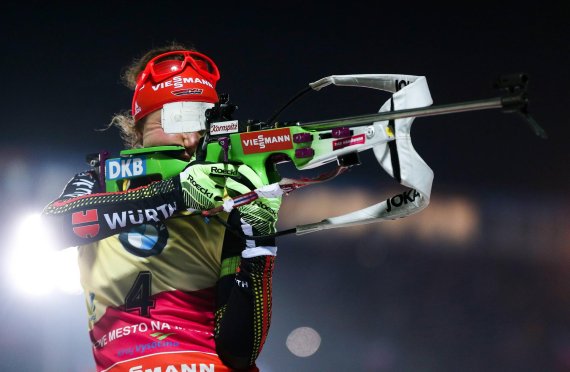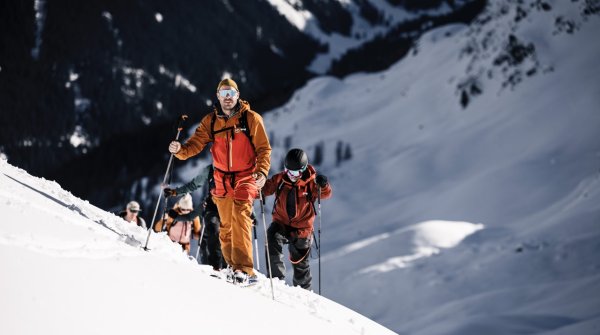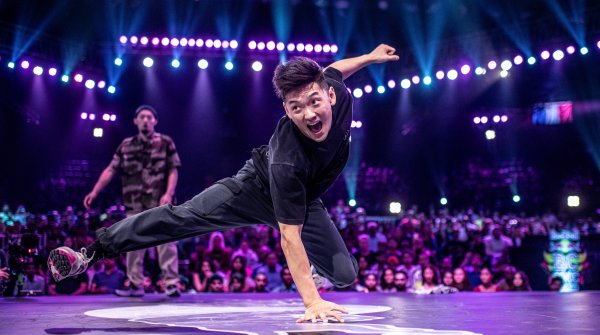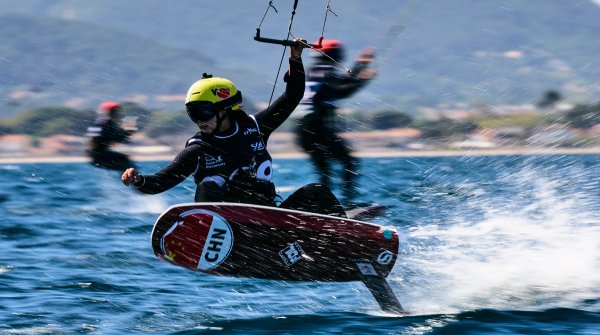
Fascination Biathlon: An Unusual Trend Sport
Freeskiing, snowboarding, snowkiting? No way! If there has been one major trend in winter sports in recent years, it's the German love of the biathlon. The combination of cross-country skiing and shooting is actually nothing new, but it was only when German biathletes such as Uschi Disl, Kati Wilhelm celebrated great successes for the first time at the beginning of the new millennium that the country took notice. Today, up to six million viewers regularly tune in when the World Cup races are broadcast on television, and more and more amateur athletes are registering an active interest in the biathlon.
From fringe sport to mega event
One of mankind's first biathlon fans was the Roman poet Virgil, who as early as 40 BC observed men going hunting on skis - albeit at that time with bows and arrows instead of shotguns. Enthusiastic biathletes were also the Scandinavians, who chased the invading Vikings on skis and shot them with arrows.
In later centuries, Swedish and Norwegian soldiers competed on skis at the border, shooting at full bore at that time. Biathlon became a real sport only at the end of the 19th century as a "military patrol race" in which only soldiers competed. Even at the first Winter Olympics in 1924, it was still on the program under this name.
It was not until after the Second World War that the development of the modern sport for civilians began. A new name was needed and the Swedish general Sven Thofelt finally came up with the brilliant idea of simply calling this duel of skiing and shooting biathlon. At first, the sport was reserved exclusively for men. It was to take until 1981 before an international competition for women was held for the first time.
For a long time, biathlon as a winter sport remained rather on the fringe of attention before the International Biathlon Union (IBU) was founded in 1993. Since then, the sport has been marketed far more professionally and is attracting more and more public interest. Leading biathlon nations are traditionally still the Scandinavian countries, Russia, Italy and, for some years now, the Czech Republic and Germany.
The most important rules of biathlon
The appeal of the biathlon lies not least in its simple rules: Athletes ski a predetermined course, pausing two or four times in between for shooting. To hit the five targets set up at a distance of 50 meters, the shooter has eight cartridges. If he misses, he has to run a penalty loop (150 meters) or gets a penalty minute (in the individual).
Biathlon is held in different disciplines:
- Individual (20 km men / 15 km women).
- Sprint (10 / 7, 5 km)
- Pursuit (12,5 / 10 km)
- mass start (15 / 12,5 km)
- Relay (4x 7,5 km / 4 x 6 km)
The single run is the "classic" biathlon run, in which the athletes start individually at intervals of 30 seconds and run a total of five laps. In between they shoot alternately prone, standing, prone, standing. There is a penalty minute for each shooting error.
In the much shorter sprint, we shoot only twice. Today, the sprint is usually held as a qualification round for the pursuit: The 60 best athletes in the sprint are allowed to start in the pursuit the following day and the times run in the sprint count. For example, if the runner-up in the sprint is 34 seconds behind the first-place finisher, he must make up at least 34.01 seconds in the pursuit to win.
In the mass start, all participants start at the same time instead of one after the other, which is more exciting for the spectators.
There are also classic men's and women's relays in international competitions and mixed relays. A completely new feature is the single mixed race, in which one woman and one man compete together. This is primarily intended to benefit nations that are unable to bring together four top athletes in the biathlon.
Where amateurs can practice biathlon
Most biathletes begin cross-country skiing as children, and many a successful biathlete still competes in cross-country skiing from time to time. Most recently, French superstar Martin Fourcade announced that he would henceforth also compete in the cross-country skiing World Cup.
If you would like to take up the shotgun yourself as a passionate cross-country skier, you will always find the opportunity to do so today. Winter sports resorts all over Germany have reacted to the biathlon enthusiasm and offer corresponding opportunities:
Chiemgau Arena Ruhpolding
The Chiemgau Arena in Ruhpolding is the annual venue for a World Cup race in biathlon. Outside of the competition days, ex-professional Fritz Fischer regularly organizes workshops and introductory courses for amateurs.
ARBER Hohenzollern Ski Stadium Bayerisch-Eisenstein
In the performance center at the Großer Arbersee also the pros train. On Wednesdays, the ARBER Hohenzollern Ski Stadium hosts "Biathlon for Everyone", when cross-country skiers learn how to handle the biathlon rifle under expert guidance.
Oberhof
In the Thuringian biathlon mecca of Oberhof, various biathlon events and workshops take place throughout the winter, to which beginners are also welcome.
If you've tasted blood after a taster course and want to get more serious about biathlon, you'll find clubs all over Germany where you can pursue your new passion. The snowy regions in the east and south have an advantage, of course. But also in the west and north you can discover the hobby biathlon for yourself: In the summer biathlon, you'll be on rollers instead of cross-country skis.
 Sports BusinessBetween powder and principles: Ski tours with added value
Sports BusinessBetween powder and principles: Ski tours with added value SportsTechStatus quo: Snowboard step-in bindings
SportsTechStatus quo: Snowboard step-in bindings
- Awards
- Mountain sports
- Bike
- Fitness
- Health
- ISPO Munich
- Running
- Brands
- Sustainability
- Olympia
- OutDoor
- Promotion
- Sports Business
- Textrends
- Triathlon
- Water sports
- Winter sports
- eSports
- SportsTech
- OutDoor by ISPO
- Heroes
- Transformation
- Sport Fashion
- Urban Culture
- Challenges of a CEO
- Trade fairs
- Sports
- Find the Balance
- Product reviews
- Newsletter Exclusive Area
- Magazine


